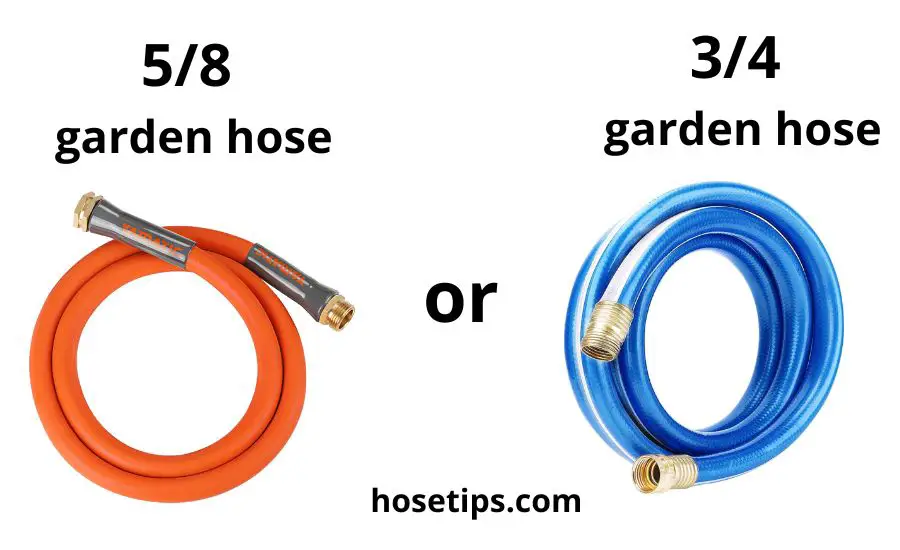Which the best 5 8 or 3 4 garden hose? A garden hose is one of the most important inhabitants in our gardens. After my hose started leaking, I did thorough research and purchased a perfect hose for my beloved oasis. And I am ready to share the tips.
The water hose diameter is a critical element influencing your yard care routine.
Today, I’m taking you on a journey to explore 2 garden hoses with different diameters: 5/8 inch and 3/4 inch. I’ll equip you with the checkpoints that you’ll need to go through to make the right choice between the two.
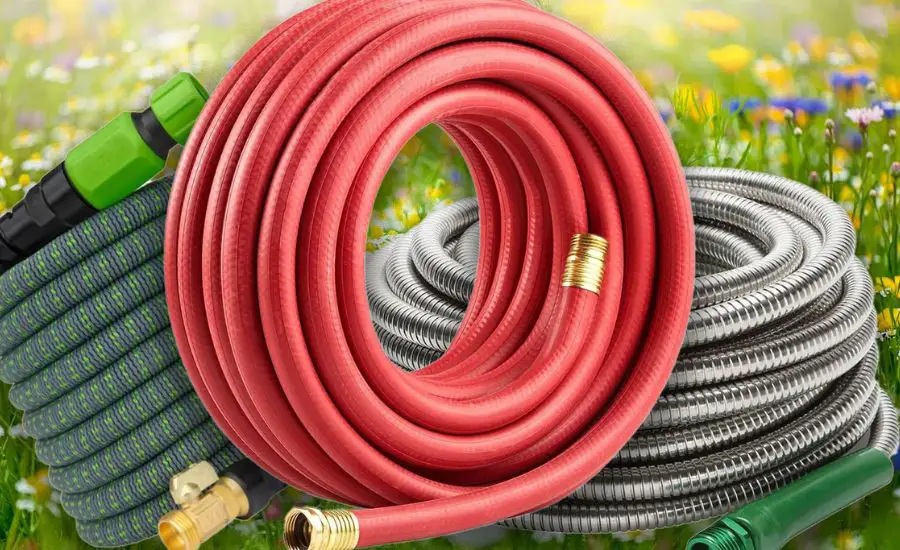
The garden hoses: multifaceted comparison
When faced with the dilemma of picking a 5/8 inch or 3/4 inch garden hose, understanding their main difference is crucial.
#1. Diameter
The primary distinction that separates these garden hoses is in their diameter, with the 3/4 hose having an enhanced circumference compared to the 5/8 inch variant. This parameter has an immediate effect on the water flow — larger diameters generally allow for more water to pass through. It means that they cater to high-demand situations such as watering extensive gardens or covering larger areas.
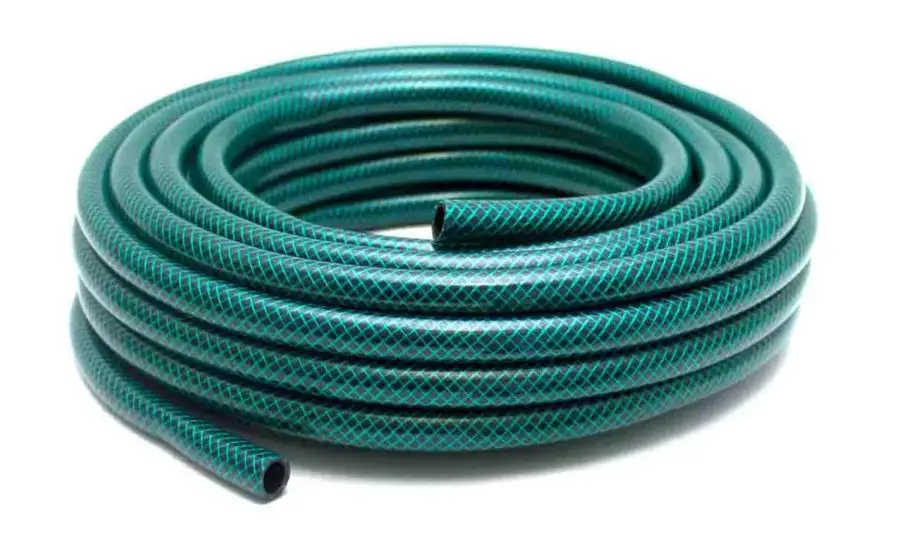
#2. Water volume
The correlation between the hose diameter and water volume is straightforward—the wider the pipe, the greater the water volume it can accommodate (and the less the pressure). For a 3/4 hose, it is no less than 72 gallons of water within 1 min.
Compared to the moderate 44 gallons of water that is offered by a 5/8 diameter hose, the discrepancy is substantial (data collected at peak flow).
This becomes particularly important when dealing with all the water pressure from using multiple sprinklers at the same time or climbing a steep hill. Gardeners with huge lawns or elaborate irrigation systems may find the enhanced water volume of a 3/4 hose advantageous because it secures efficient coverage.

#3. Pricing
Typically, there is a cost difference. If we compare the prices for the 5/8 inch and 3/4 inch diameter hose, we’ll find that a 5/8 hose is cheaper. The 3/4 inch variant might be slightly more expensive due to more material used in its construction, but the investment can be justified by its enhanced capacity and durability.
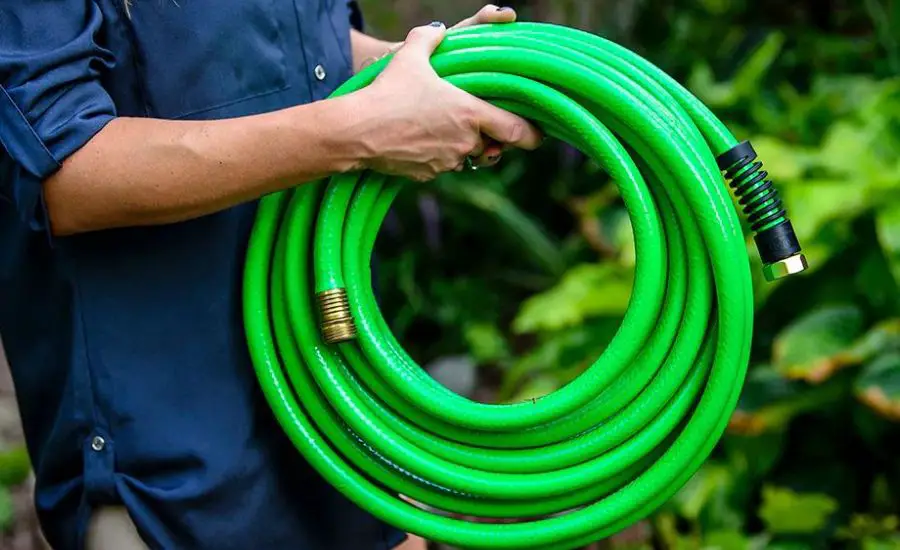
#4. Purpose
For smaller yards or less water-intensive jobs, a 5/8-inch hose with a smaller diameter may suffice, providing a cost-effective solution and a high level of water pressure.
On the other hand, if you have an extensive lawn or a vast garden, a petit hose will not be capable enough, and the 3/4 hose could be an appropriate option, as a smaller diameter equipment just doesn’t have the power required to do the job.
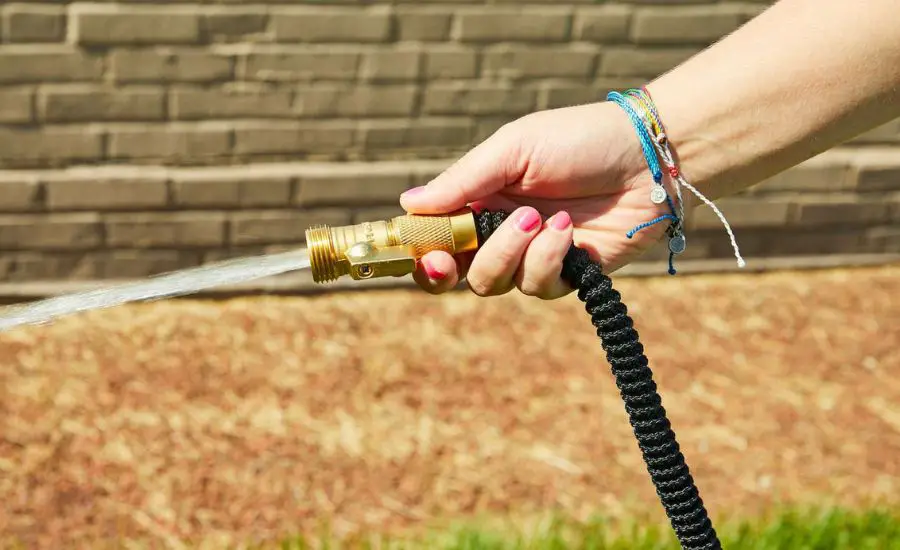
5/8 or 3/4 garden hose: matching your garden’s demands
Unfortunately, acquiring a flawless garden hose is not a one-size-fits-all decision.
Whether a 5/8 or 3/4 garden hose is preferable depends on the size and specifics of the oasis the hoses aim to manage.
1. 5/8 inch hose:
- Small to medium gardens: if you have a compact or moderately sized area to look after, a 5/8-inch hose may be the practical choice. The narrower diameter of a 5/8-inch hose often has sufficient average output and delivers the mandatory water volume to comply with the demands of modest green areas.
- Cost-effective solution: an economical option for those who don’t require the extra water volume provided by larger hoses.
- Ease of handling: due to its reduced sizing, a 5/8-inch hose is easier to maintain and operate.
2. 3/4 inch garden hose:
- Sizeable areas: for extensive gardens, a 3/4 hose becomes advantageous. Its wider diameter allows for extra water flow, ensuring adequate coverage for larger areas.
- High-pressure requirements: if there is a demand for a superior level of provided water pressure, the 3/4-inch hose can accommodate these requirements effectively.
- Irrigation system: gardens equipped with sophisticated irrigation systems benefit from the enhanced water output of a 3/4 inch hose delivering gallons and gallons of water. This ensures uniform watering across the entire land.
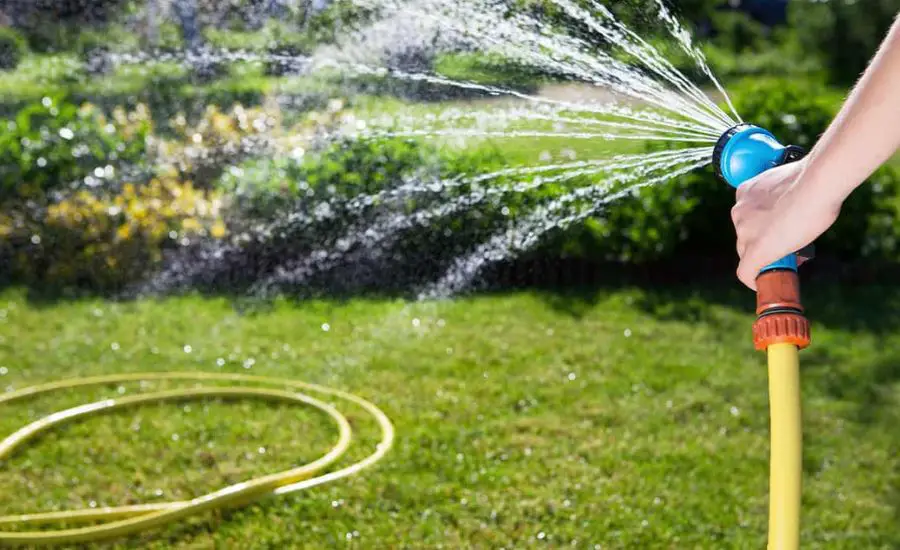
How does the length of the hose influence operation?
There is one more significant aspect of the matter. How long is your hose supposed to be? The length of the pipe plays a pivotal role in determining the hose’s usability and efficiency. Understanding how much water volume you require and how the length influences the operation of the garden hose is vital to the smooth flow of your garden operation.
Longer garden hoses might experience a reduction in water pressure compared to smaller hose. It’s essential to balance the desired pipe length of the hose and, at the same time, secure sufficient water pressure.
For modest spaces, a lesser hose length may suffice, whereas expansive spaces benefit from longer hoses with their ability to reach every nook and cranny even with decreased water pressure.
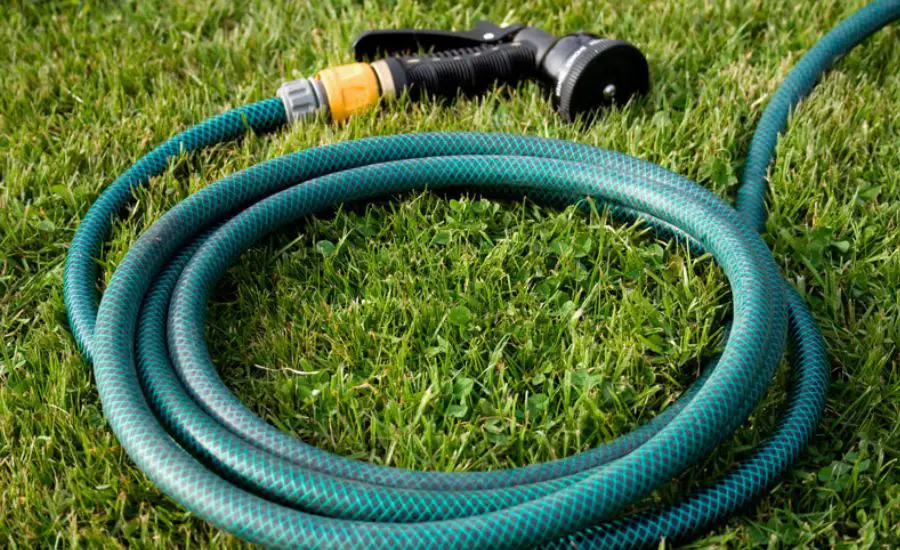
Final considerations
We cannot imagine life sans garden hoses. That is why the preference for 5/8 vs 3/4 inch hose is paramount. Each hose type brings its own set of advantages, and the decision ultimately rests on the unique needs of your garden.
For those with modest-sized gardens, 5/8-inch garden hoses will be a viable solution. The 3/4 water hose caters to the demands of impressive-sized lawns. Go through all the checkpoints I provided, and you will opt for the right hose.
FAQ
Is 3/4 inch garden hose better than 5/8 inch?
The answer lies in the potential objective. A 3/4-inch hose better fits extensive gardens and high-pressure necessities, while a 5/8-inch hose is appropriate for less sizeable gardens and is more cost-effective.
What is the best diameter for a garden hose?
For small to medium gardens, a smaller diameter (5/8 in) is often sufficient. In extensive areas, a 3/4-inch diameter hose may be preferable. The specific demands of the land should be a determinator.
What size hose gives more pressure?
The determinator of the water pressure parameter is the water origin and nothing else. However, a smaller diameter hose generally generates higher water pressure. This is the outcome of less water volume that goes through the pipe.
What size garden hose is best for pressure washer?
The basic guidance suggests using a hose of 3/8 inch diameter. This allows for optimal average water output, ensuring efficient operation.
What PSI does a garden hose have?
The indicator values for pressure per square inch may vary; the approximation is 60 (at peak flow).

